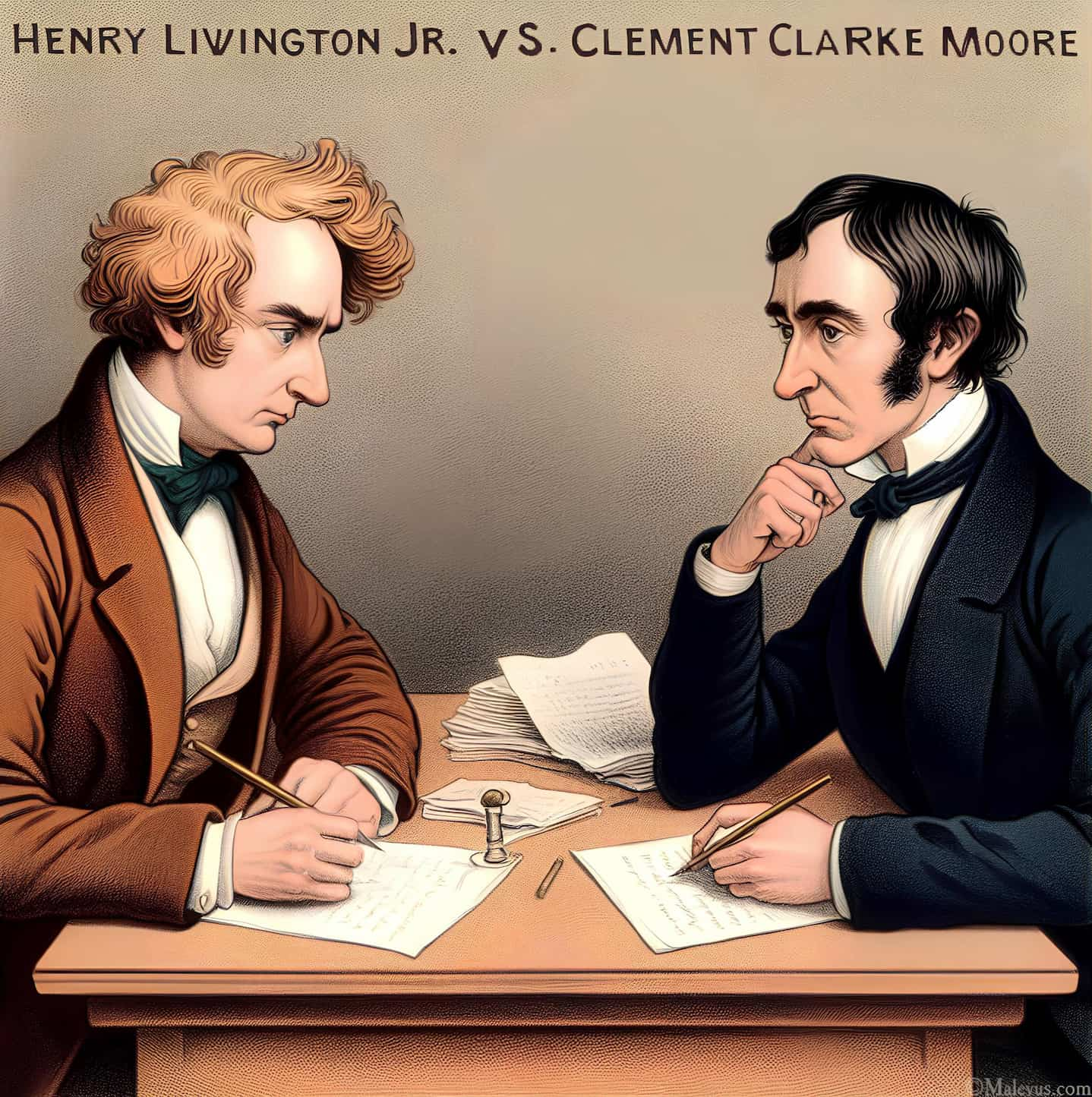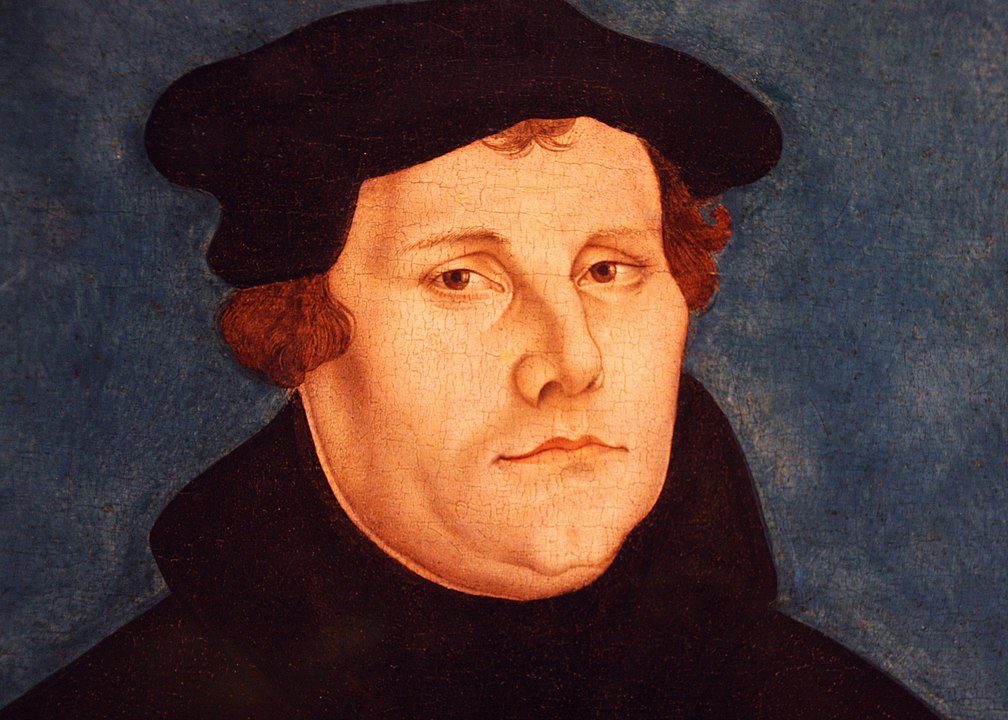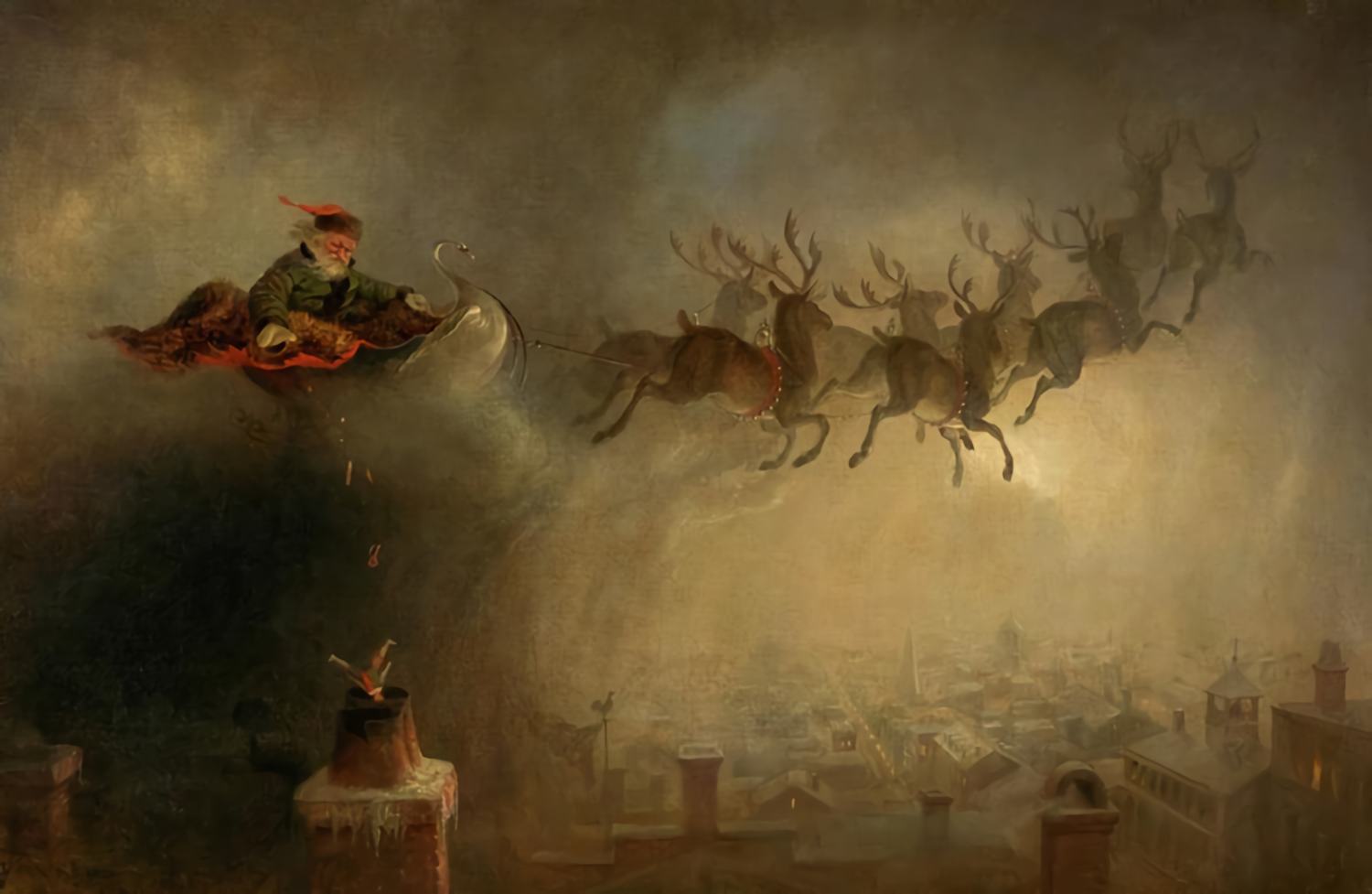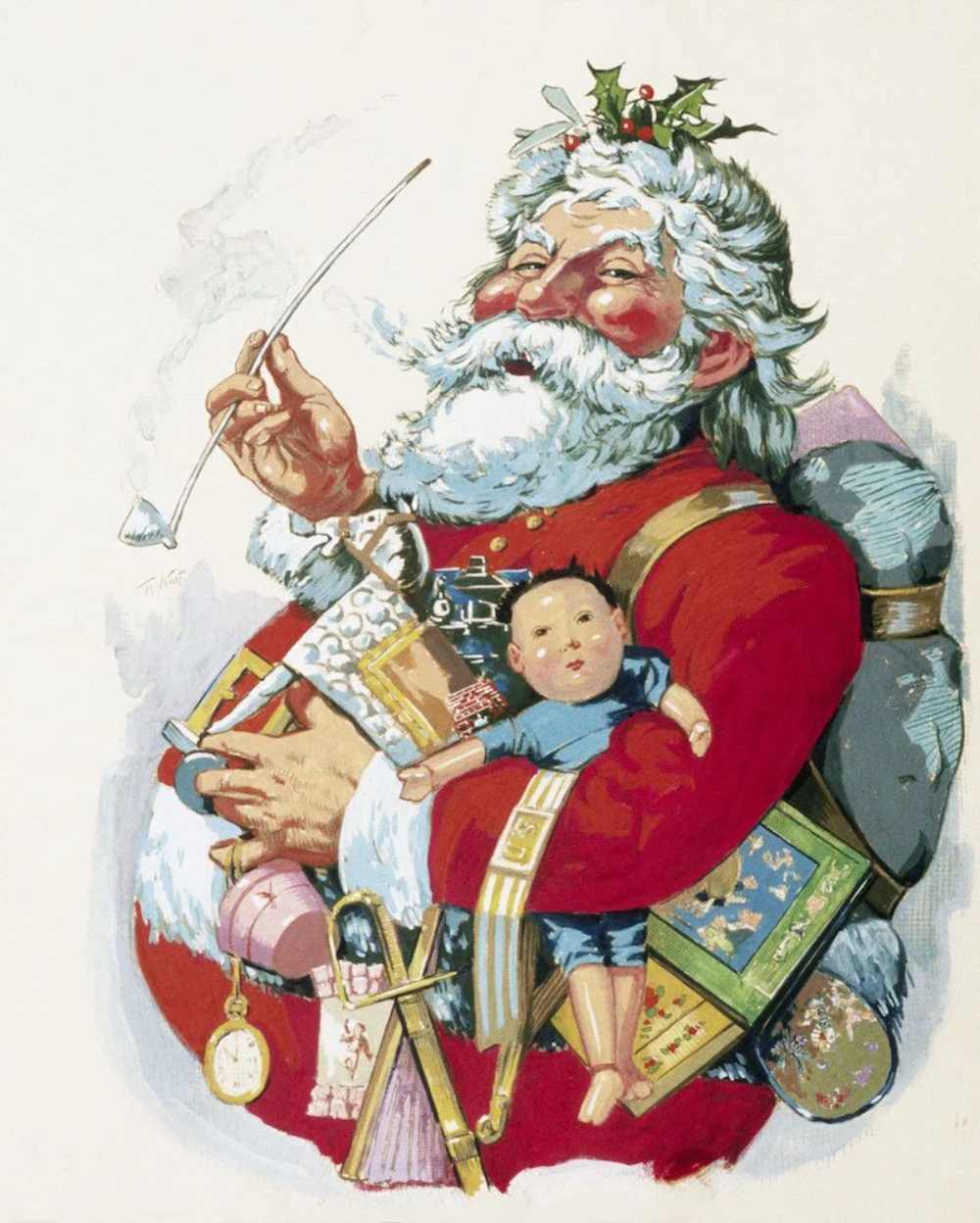Iranians Celebrate the Start of Winter With Watermelons and Pomegranates
One of the most important holidays in Iran is Yalda, or Chelleh. It is celebrated between the last sunset of autumn and the first sunrise of winter—on the night of the winter solstice.
It is customary to celebrate Yalda within the family circle. All household members gather together to celebrate the birth of the new sun. The holiday table features watermelons, pomegranates, walnuts, and sweet treats.
At first glance, this holiday seems very similar to our New Year’s celebration. Find the differences: the whole family gathers at the table, often with relatives coming from afar, and special festive dishes are prepared. However, Yalda night is not a New Year’s holiday. The New Year in Iran is celebrated according to local customs three months later—in late March.
The Iranian Santa Claus Is Quite Different From Ours
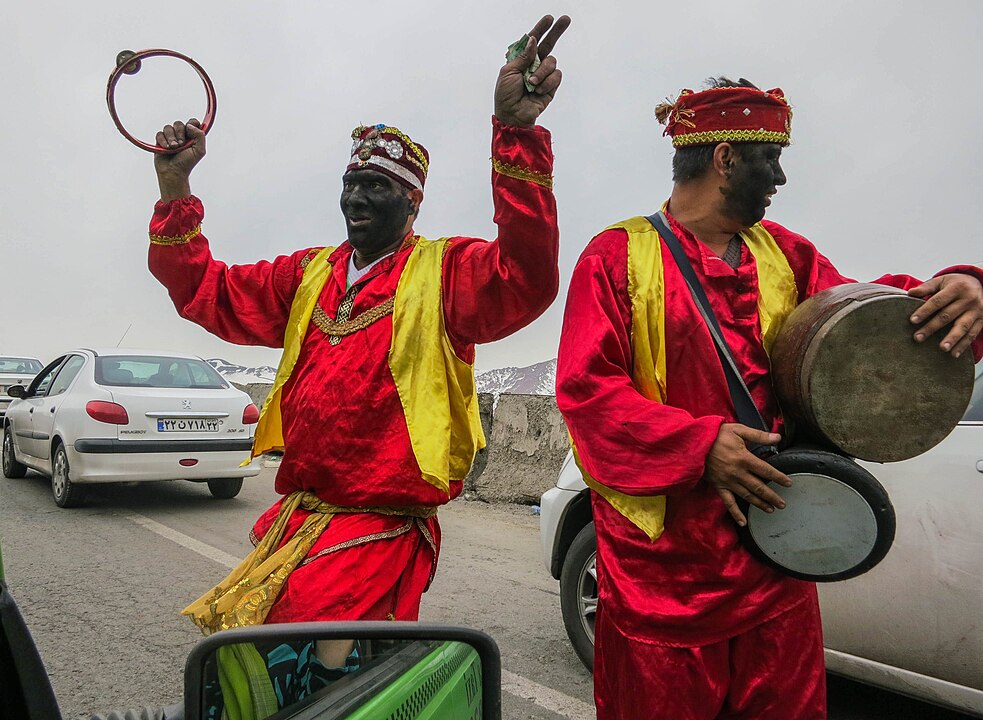
Every year, the country celebrates Nowruz, or “new day” in Persian. This is the local New Year—a holiday that symbolizes the rebirth of nature after a long slumber. It begins on the first day of the spring month of Farvardin, that is, on the day of the vernal equinox, between March 20–22. The celebration does not go without the local New Year’s wizard, called Haji Firuz.
He is also dressed in red, like our Santa Claus. But he’s not an old, kind, white-bearded man sprinkled with snow. On the contrary, Haji Firuz is young and very slim.
His distinctive feature is a black face. According to one version, black represents darkness, a symbol of frozen, lifeless nature. However, some legends claim that Haji was a black slave who managed to gain freedom. Therefore, he became one of the beloved characters in Iranian culture, and his appearance brings hope for positive change.
Haji Firuz often does not come alone but with his frequent companion, Amu Nowruz, or Baba Nowruz. This character has a white beard and staff, so he resembles our Santa Claus more closely. Yet, the main hero of the holiday is still Haji Firuz. These two characters are considered harbingers of spring. Their appearance signals that slumbering nature is ready to be reborn.
Local Food Is Very Specific
Surprisingly, the Persian language has a word for “pirozhki” (small pies). It’s exactly what you think—dough with a filling wrapped inside. However, the word that came into Farsi from Russian refers to just one small pie. The plural also exists—the Iranians add their own ending, and it becomes “pirozhki-ha.”
In general, Iranian cuisine is very interesting. The country is known for lamb kebabs, i.
e., grilled meat, as well as thick soups and combinations of meat and fruits.
Moreover, the traditional kebab is not just minced meat on a skewer. It also refers to thinly sliced pieces of meat, as well as an equivalent of our chicken, lamb, or beef shashlik.
Iranians prepare sauces with added lemons, walnuts, and vegetables. Rice is often slightly overcooked and lightly fried to form a delicious crust—a part loved by almost everyone.
There are also two local dishes in this country that may not appeal to everyone. The first is called “kalle-pache.” It is a recognized delicacy in Iran—boiled lamb’s head. Its edible part is the brain. They say it is very tasty, but not all foreigners are ready to try it.
The second dish looks very similar to porridge. It is called “haleem,” and it tastes like sweet, hearty millet. It’s hard to guess that it’s made from grains and meat. Both components of the dish are boiled for many hours until they turn into a homogeneous mass. It looks somewhat like overcooked oatmeal or wheat flakes. However, those who have tried it say they were pleased.
Iranians Remember and Value the Work of Their Compatriot—Omar Khayyam
The scientist and philosopher, who lived and worked a thousand years ago, is known today as a poet and author of short quatrains. But in Iran, Khayyam is remembered as a mathematician who solved cubic equations, an astronomer, a lawyer, a historian, and even a physician.
During his lifetime, Khayyam was especially valued by his contemporaries as an astronomer. He made an important contribution to the creation of the Persian calendar, which Iranians still use today and consider the most accurate in the world.
By the way, several calendars are in use in the country. In addition to the international Gregorian calendar, their own Persian calendar is actively used. This calendar is divided into 12 months and begins on the day of the vernal equinox. Iranians believe that Omar Khayyam contributed to its creation.
The poet’s short “rubaiyat” (quatrains) are known worldwide. Interestingly, about 5,000 quatrains are attributed to him. However, Iranian scholars believe that only 300–500 actually belong to Khayyam. Some are certain that only 57 quatrains can be definitively proven to be his. Who wrote the rest is unknown.
There Is a Concept of “Temporary Marriage” in Iran
Such a union can be entered into by an unmarried or even an officially married man and a single woman—for example, a widow. The parties sign a marriage contract (prenuptial agreement), which at first glance differs little from a traditional one. However, it is not permanent and only lasts until a specified date, such as several months or a year. After that, the couple can agree to extend the contract, and this can continue as long as the arrangement suits both parties.
If the contract is not extended, the man and woman officially part ways—no divorce process is required. However, a temporary marriage can be terminated earlier than the agreed-upon date.
The marriage contract clearly specifies all the details—what the wife receives when entering into a temporary marriage and how property is divided after the term ends.
Such unions have become common in Iran, although attitudes toward them are mixed. Many believe that women enter into such marriages to improve their financial situation since material payments to the wife are mandatory in a temporary marriage.
These kinds of relationships can shock foreigners, especially foreign women, who receive proposals from Iranian men. Women are often unaware that the marriage being offered might only last for a predetermined time. As a result, they may not even inquire about whether the union is temporary or permanent, leading to an unpleasant surprise when the contract is signed.


